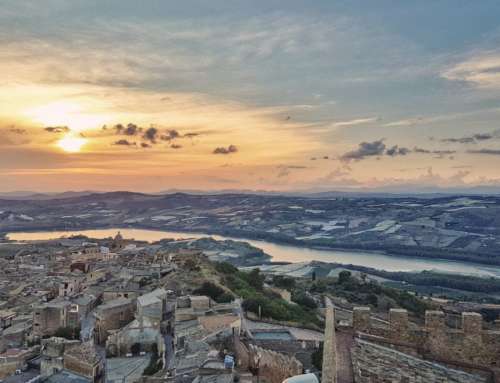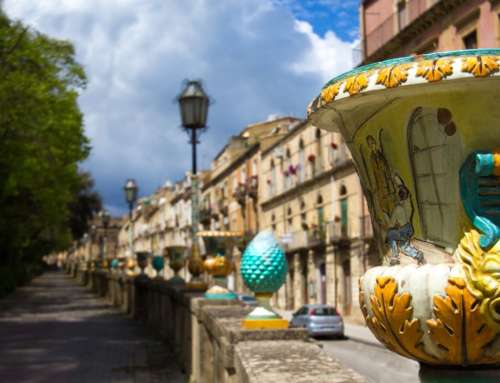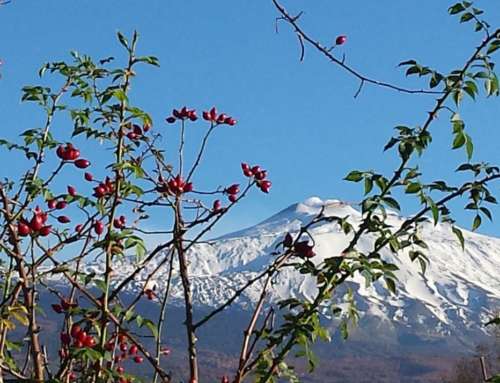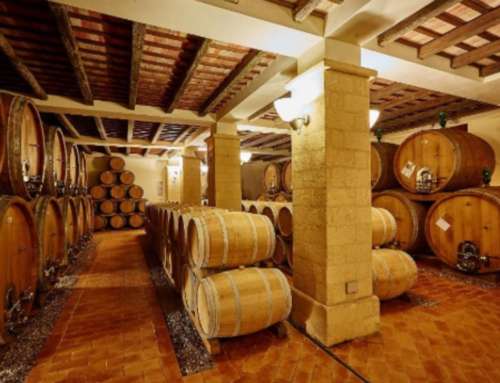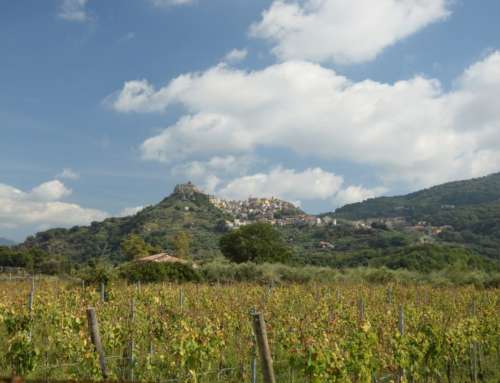Rota dos vinhos verdes: a unique experience among vineyards and superb flavours
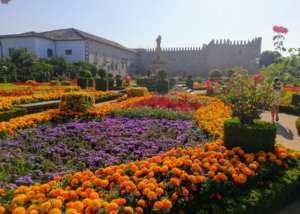
The Vinho Verde Wine Route stands as one of the most emblematic wine tourism routes in Portugal, offering visitors the opportunity to immerse themselves in the rich winemaking tradition of the northwest of the country.
This route, which encompasses various subregions, allows exploration of lush landscapes, tasting of unique wines, and learning about the ancestral culture that has shaped this denomination of origin.
A young and fresh flavour
The Vinho Verde region has a winemaking history that dates back centuries, being officially recognised as a denomination of origin in 1908. The term “Vinho Verde” does not refer to the colour of the wine, but to its young and fresh character, a result of the particular climatic and geographical conditions of the region.
Located in the northwest of Portugal, this area is characterised by its humid Atlantic climate and granitic soils, factors that contribute to the production of wines with vibrant acidity and low alcohol content. Indigenous grape varieties, such as Alvarinho, Loureiro, and Vinhão, among others, bring unique diversity and richness to these wines.
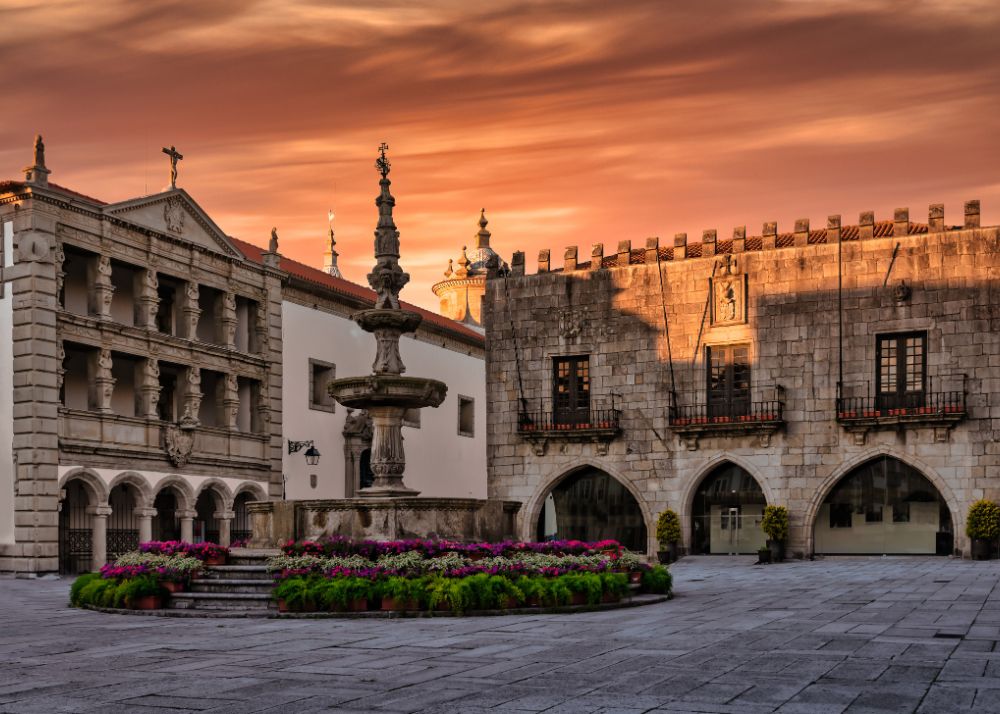
Image: Canva
Discover the tradition of the area
The Vinho Verde Wine Route offers a wide range of wine tourism experiences designed to satisfy various visitor profiles. Among the highlighted activities are visits to traditional quintas, where it is possible to tour the vineyards, learn about the winemaking process, and participate in tastings led by experts. For example, Quinta da Aveleda, located in Penafiel, is not only renowned for its high-quality wines but also for its historic gardens that span eight hectares, offering an idyllic setting for visitors. In addition to tastings, the quinta organises bread-making workshops and innovative activities such as the “Escape Garden,” an outdoor escape game based on the history of the owning family.
Another must-visit is Casa de Vilacetinho, located in Alpendurada, Marco de Canaveses. This property, whose original house dates back to 1790, offers visitors the opportunity to taste wines made primarily from the Avesso grape, characteristic of the Baião subregion. The visits include tours of the vineyards and the winery, as well as tastings accompanied by local products, all in a setting that combines history and modernity.
For those interested in a more immersive experience, Quinta de Santa Teresa, in the Baião region, proposes activities such as picnics in its forests and by lakes, complemented by wine tastings and visits to the winery facilities. This quinta stands out for its commitment to sustainability and the production of organic wines, offering visitors a deep connection with nature and the winemaking process.
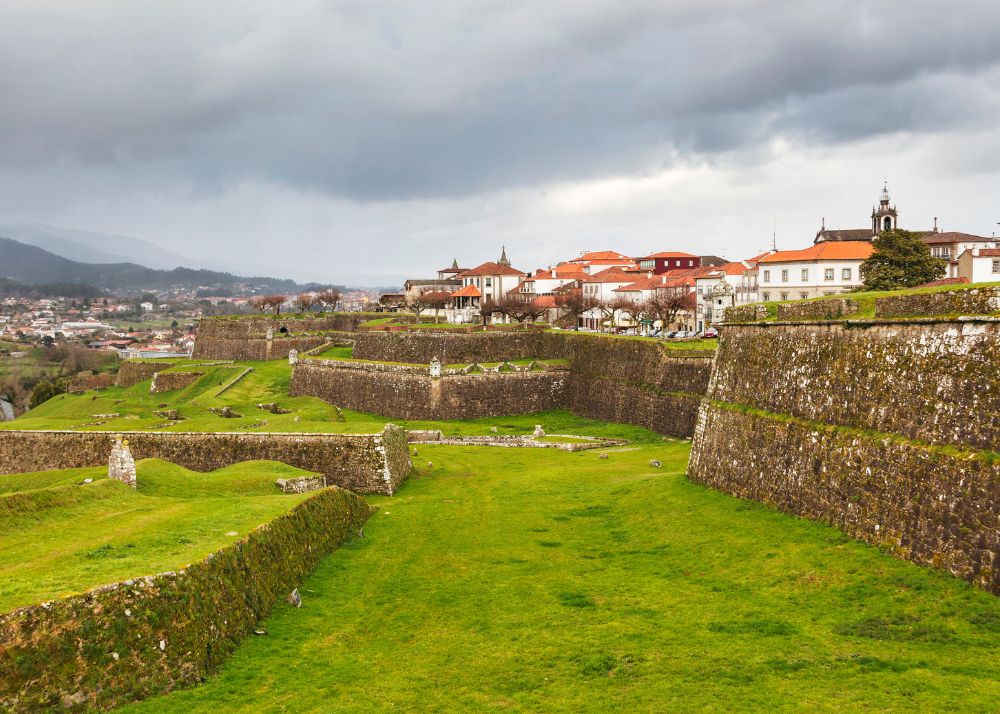
Image: Canva
Organic farming as one of its foundations
The Vinho Verde region has successfully combined its rich winemaking heritage with modern and innovative practices. Many wineries have adopted sustainable techniques, such as organic farming and the implementation of efficient irrigation systems, thus ensuring the preservation of the environment and the quality of their products. Additionally, creative wine tourism activities have been developed that go beyond traditional tastings, such as wine painting workshops and interactive games in the gardens of the quintas, enriching the visitor experience and fostering a greater connection with wine culture.
The participation of the Vinho Verde Wine Route in FINE 2025 represents an exceptional opportunity for wine enthusiasts to discover a region where tradition and innovation intertwine harmoniously. Attendees are invited to visit their stand at the fair to obtain detailed information about the various wine tourism experiences available and plan a visit to explore the charms of this unique region.


